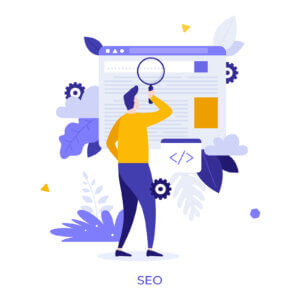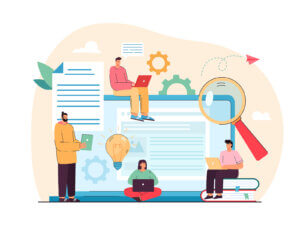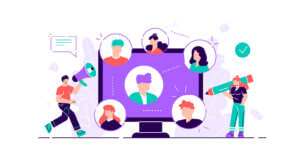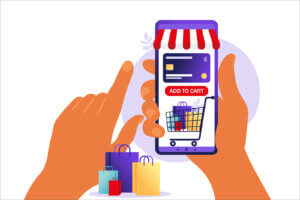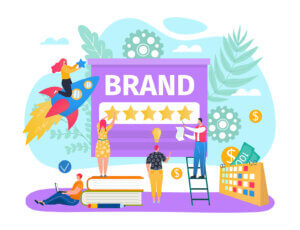The online consumer’s mindset
May 25, 2021

Even if you do not sell a single thing online, odds are:
- You have a website.
- People are “shopping” you on that site, even if they know they can’t buy there.
As consumers, on average, we now make between 70% and 80% of our buying decision online, even if we know we’re going to visit a brick-and-mortar store to make the purchase. Google and research partner the Behavioural Architects recently released a study on how decisions are made online.
When considering a purchase, consumers fluctuate between two mental modes. In the beginning, as they are considering the possibilities, they are in an exploration mode, which is an expansive activity. At some point in the journey, they shift to a more evaluative mode, which is all about reducing down the choices. Google refers to this state as the messy middle.
According to the research, brands have a significant advantage if they begin as first-choice. But if they fail to communicate their value proposition in a compelling manner during both the exploration and evaluation cycles, they run the risk of being knocked out of contention.
The study explored how behavior is influenced by six biases:
- Category heuristics: key product specs that simplify decisions.
- Power of now: the longer you wait, the weaker the offer becomes.
- Social proof: the power of recommendations and reviews.
- Scarcity bias: as availability decreases, desire increases.
- Authority bias: trust and expertise can sway decisions.
- Power of free: a free, even unrelated, gift with a purchase is a motivator.
When making a purchase, consumers seek out category and brand information in multiple locations, including search engines, social media, aggregators and review sites. They bounce back and forth between the exploration and evaluation stages until they make a final buying decision.
Which of the biases you lean on the most will depend on whether the purchase can actually be made online. If you’re selling ag equipment, the power of now is going to be less influential. But reviews and having an expert’s endorsement may be much more significant.
One of the more interesting aspects of this study was how the researchers were able to sway a buyer’s decision to a fictional brand that had no brand equity when they magnified one or more of the biases listed above. What that means for us is that we have to be mindful of how we’re leveraging different triggers, or our next buyer could be lured away. It also means even if you’re not the category leader, investing time, and energy into really understanding and wooing online tire kickers who are still in the exploration stage can win their ultimate purchase.
A key takeaway from this study is that brand-building is vitally important, but it’s not enough in an online environment. You will enjoy a definite home-field advantage if you’re the market leader. But you still have to communicate your value proposition in a very compelling way if you’re going to secure the sale.
The opinion of others (both reviews and authority endorsements) clearly plays an important role. Highlighting both directly on your site will reinforce the idea that you’re still in the running as the consumer is shifting into evaluation mode.
The results of this study remind us of two very important marketing truths. There is no such thing as set it and forget it anymore. You must keep revising your site, looking for new ways to leverage the biases to your advantage. For every entity out there, having a website built for your best-fit potential buyers is absolutely critical whether the website visitor is a frequent customer or is just beginning to learn about your brand.
This was originally published in the Des Moines Business Record, as one of Drew’s weekly columns.
More


